```html
Vision Pro and the Need for Healthy Work Environments in Tech Development
Introduction
The advent of technologies like Apple's Vision Pro has revolutionized how we interact with digital content, offering unparalleled experiences in augmented reality (AR) and virtual reality (VR). While these advancements open doors to new possibilities, they also underscore the importance of creating healthy work environments in tech development. As we delve deeper into the capabilities of the Vision Pro, it's crucial to understand how these innovations impact the workplace and what measures can be taken to promote well-being among tech developers.
The Vision Pro: A Leap in Mixed Reality
The Vision Pro stands at the forefront of mixed-reality technology, combining state-of-the-art AR and VR capabilities to deliver immersive experiences. With features such as high-resolution displays, spatial audio, and advanced eye and hand tracking, it enables users to engage with both digital and physical environments seamlessly. Powered by Apple Silicon, the Vision Pro offers robust performance, catering to a wide range of applications from entertainment to professional use.
Key Features
- AR and VR Integration
- High-Resolution Display
- Spatial Audio
- Eye and Hand Tracking
- Customizable Design
- Powered by Apple Silicon
As a sophisticated tool, the Vision Pro aims to enhance productivity and creativity, yet its use also highlights the necessity for ergonomics and user well-being, especially for those involved in long-term tech development projects.
The Importance of Healthy Work Environments in Tech Development
With the increasing integration of devices like the Vision Pro in tech development, ensuring a healthy work environment is more critical than ever. Long sessions with AR/VR headsets can lead to several physical and psychological challenges. Addressing these challenges is essential for fostering a sustainable work culture.
Physical Challenges
Extended use of mixed-reality headsets can result in discomfort, including eye strain, neck and back pain, and motion sickness. The Vision Pro, despite its ergonomic design, is no exception. Providing adequate support and breaks can mitigate these issues, promoting physical health among developers.
Psychological Well-being
The immersive nature of AR/VR can lead to cognitive overload and mental fatigue. Developers might experience stress due to prolonged focus and multitasking in virtual environments. Encouraging regular breaks and mindfulness practices can help maintain psychological well-being.
Strategies for Promoting Healthy Work Environments
Creating a healthy work environment involves a holistic approach that includes ergonomic design, work-life balance, and mental health support. Here are some strategies that can be implemented:
Ergonomic Design and Tools
Investing in ergonomic furniture and accessories, such as adjustable chairs, desks, and support arms like the FlitLift GraviPro, can significantly reduce physical strain. These tools can help maintain proper posture and distribute the weight of devices like the Vision Pro more evenly.
Work-Life Balance
Encouraging flexible work schedules and remote work options can help employees balance their professional and personal lives. This flexibility can lead to increased job satisfaction and reduced stress levels.
Mental Health Support
Offering mental health resources and support networks within the organization can provide employees with the necessary tools to manage stress and burnout. Regular workshops and wellness programs can also enhance overall employee well-being.
Conclusion
The Vision Pro represents a significant advancement in mixed reality, providing innovative solutions for tech development. However, its use also highlights the need for healthy work environments that prioritize the




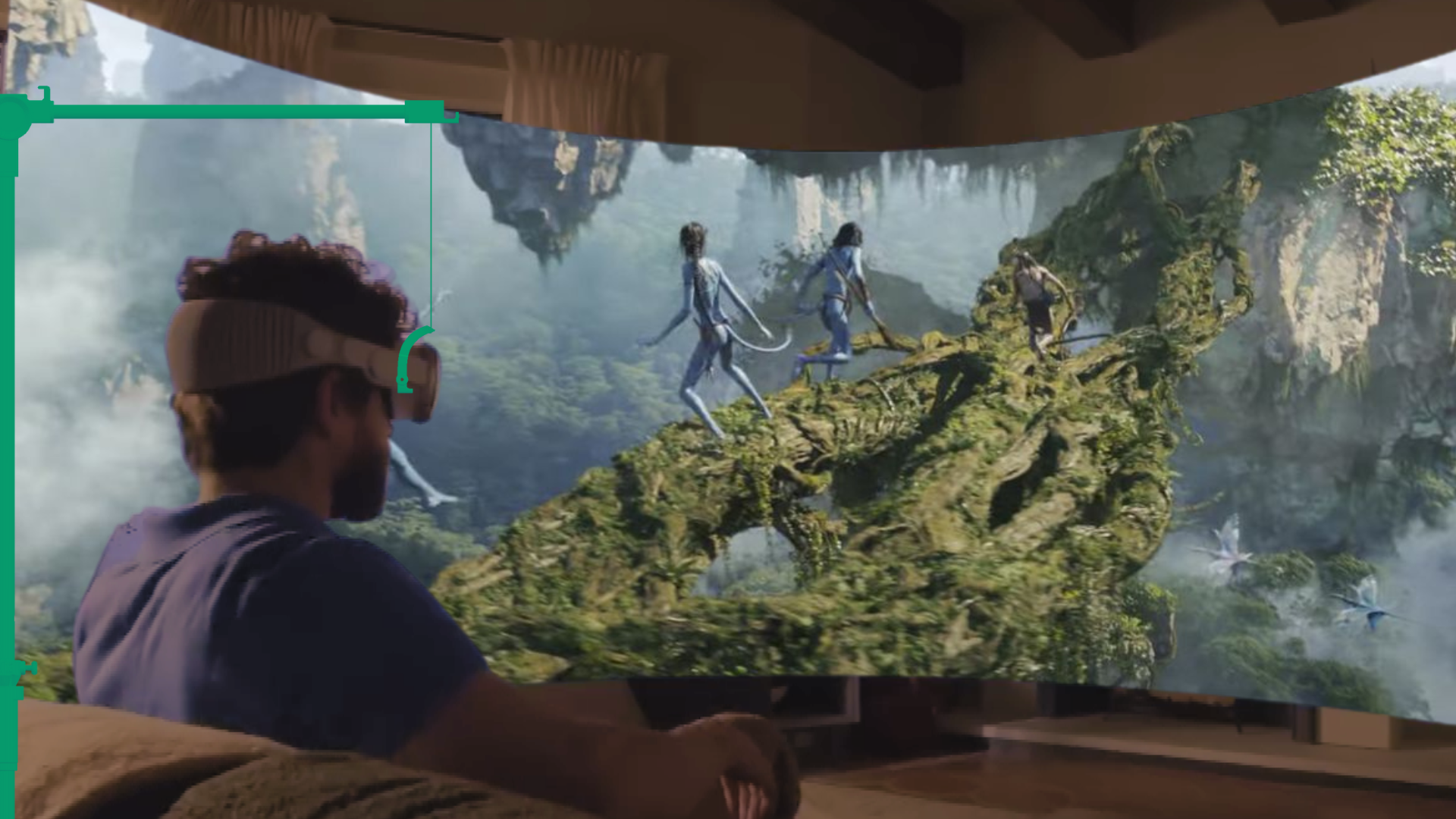

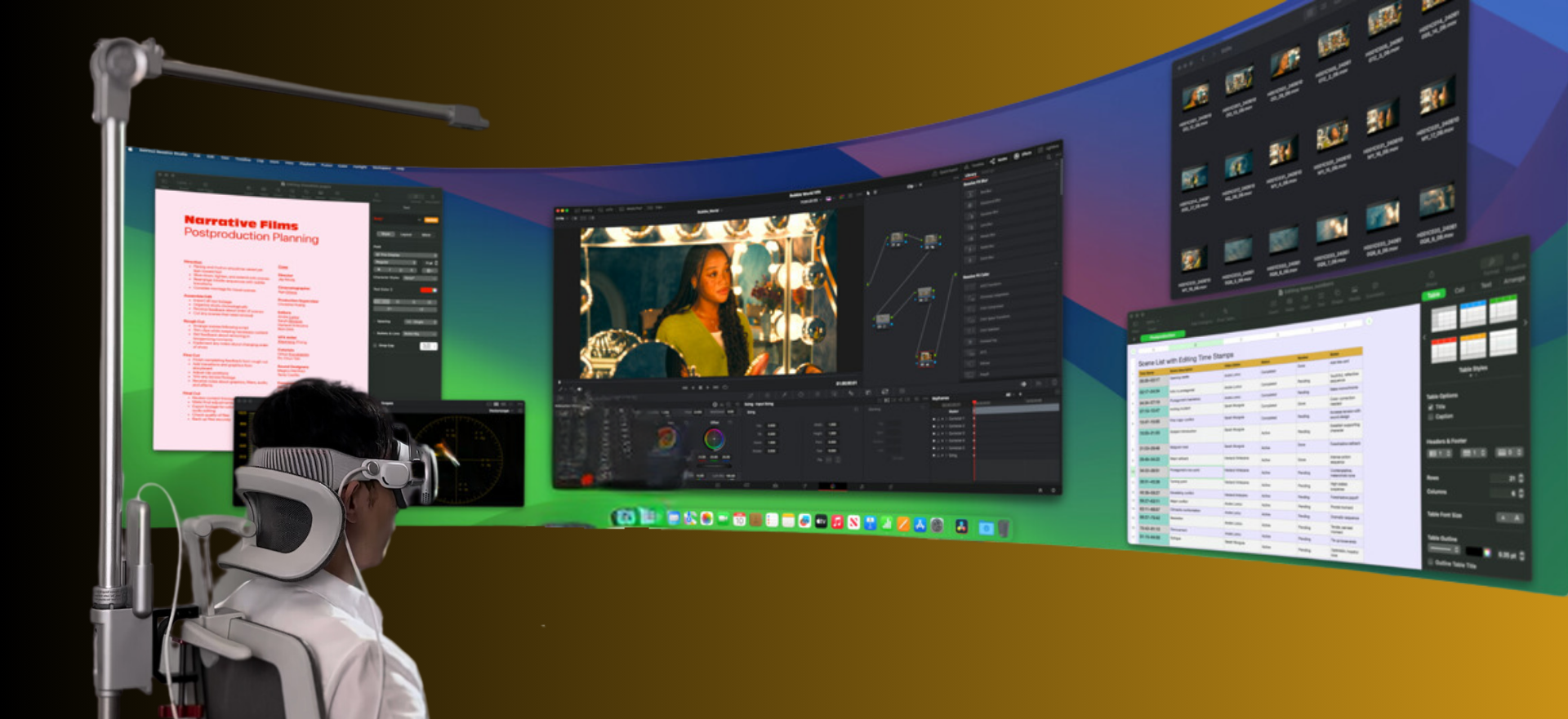
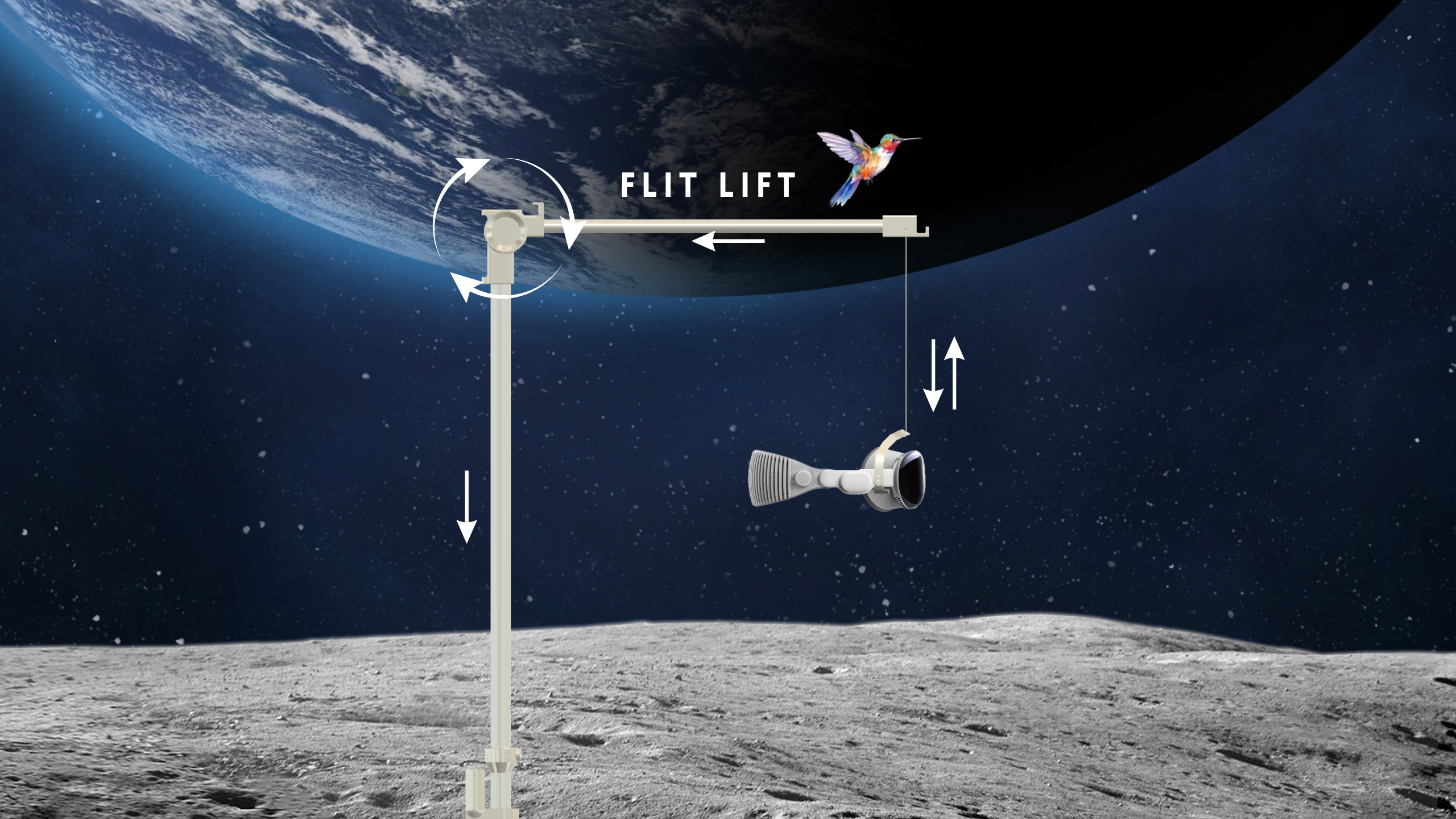
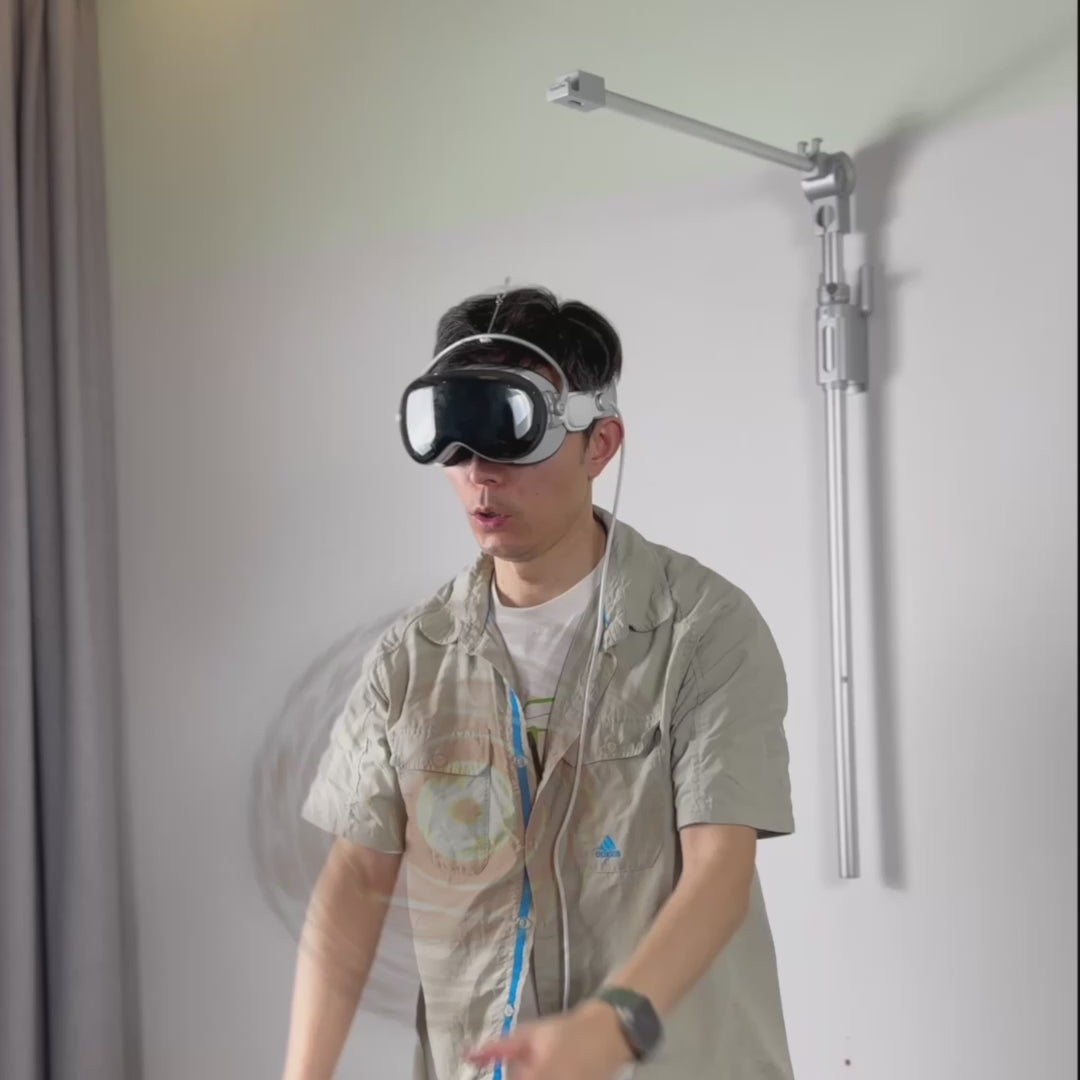
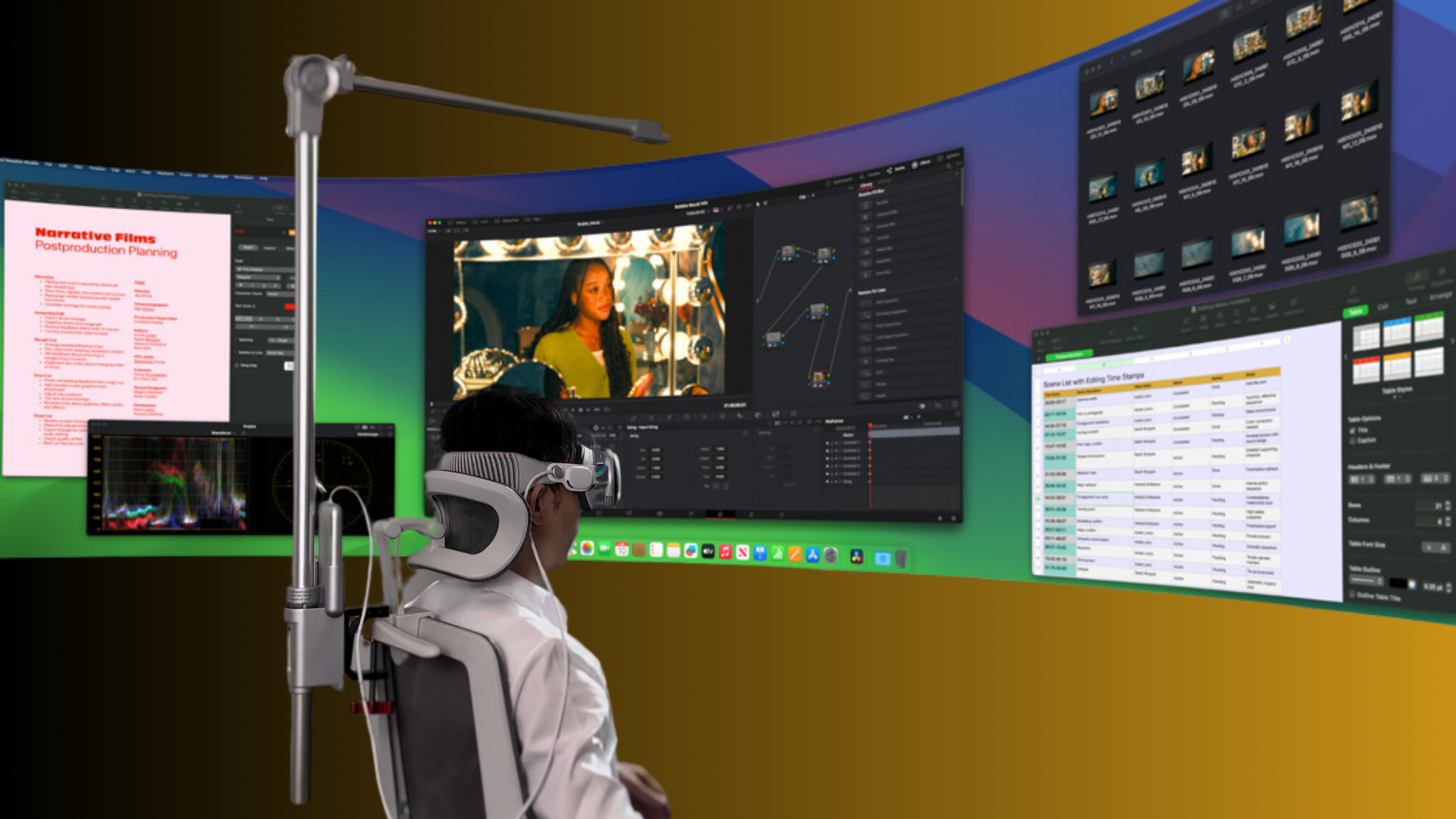
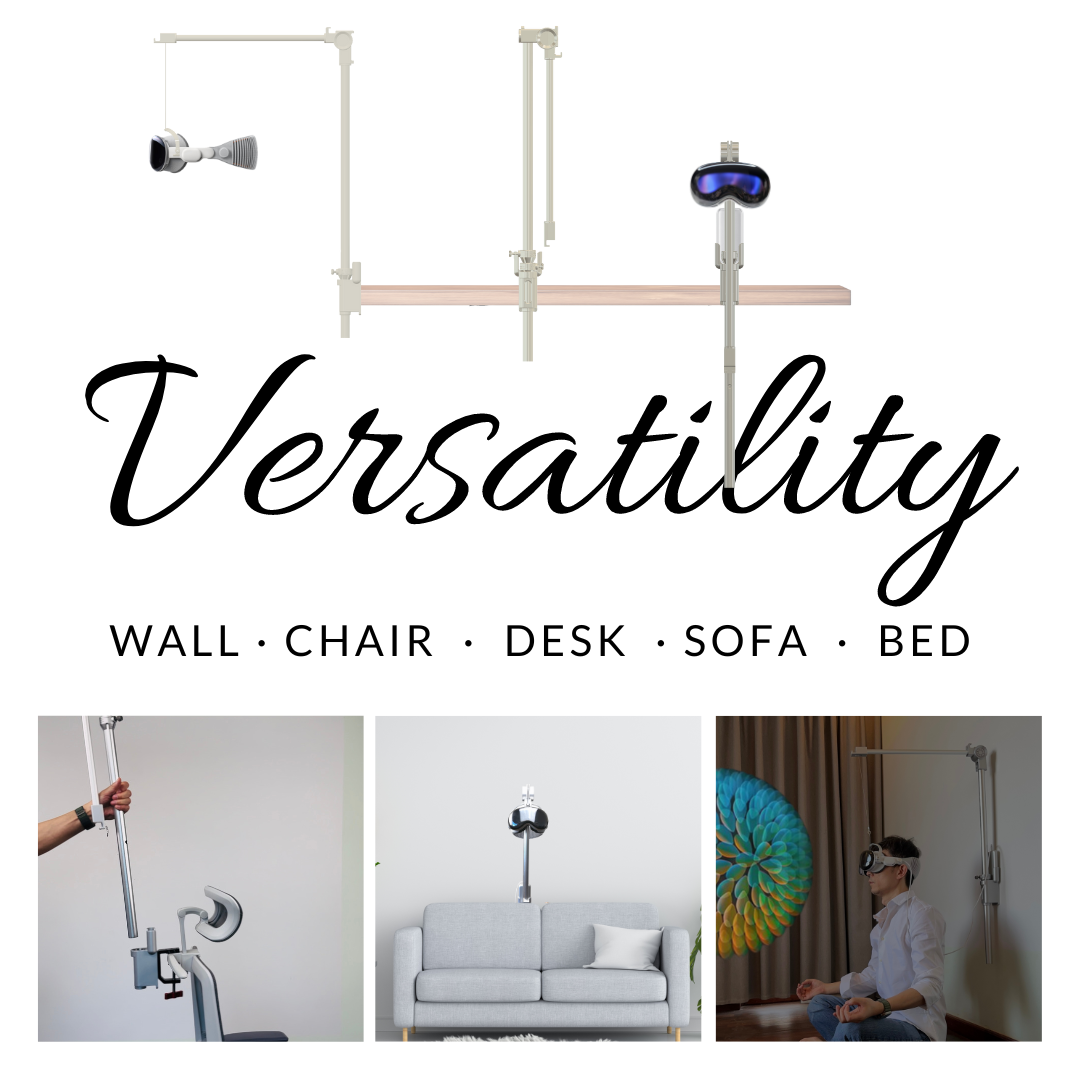
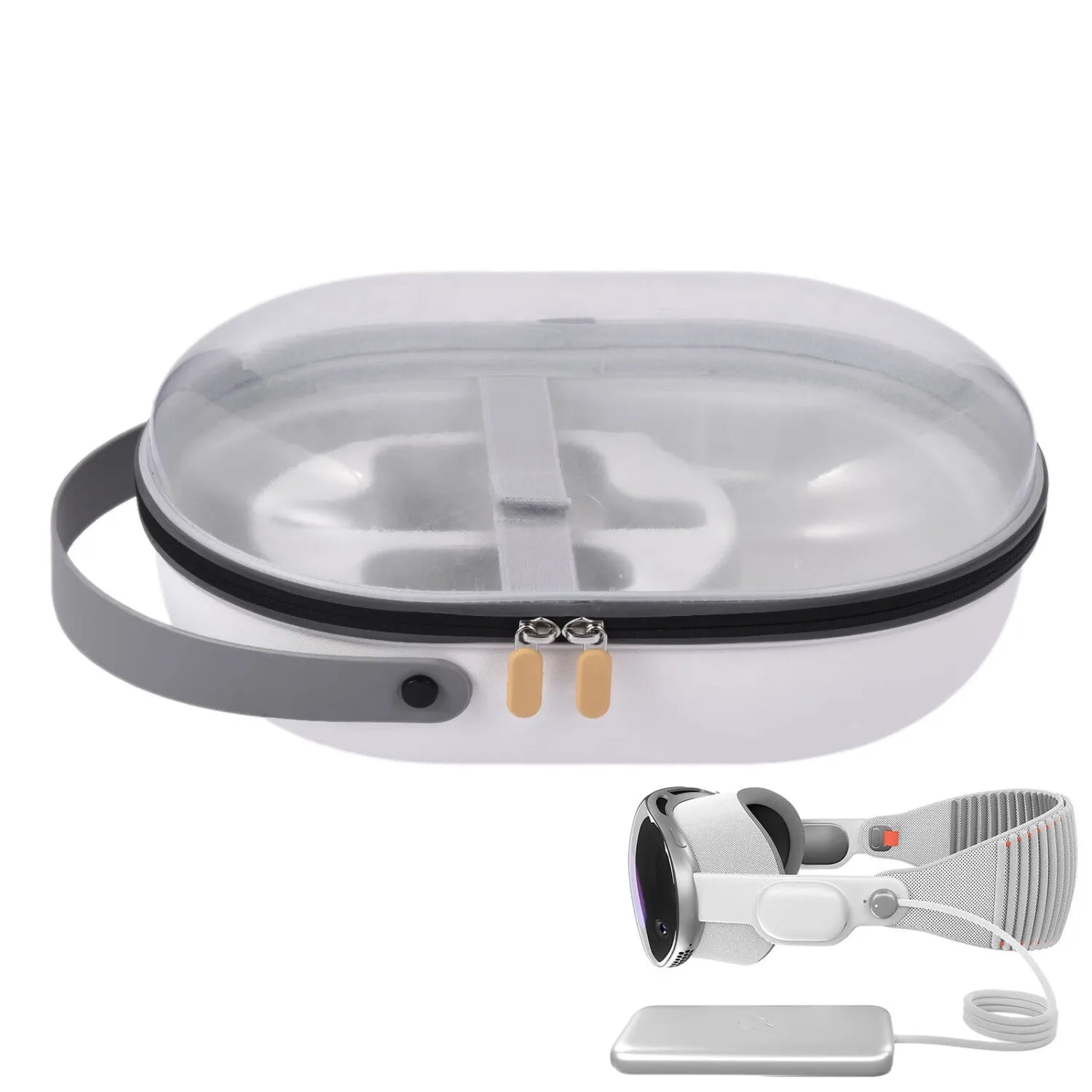
Share:
Developer Burnout in VR: How Vision Pro is Exposing Mental Health Issues
How the Vision Pro Revolution Is Putting Developers Under Pressure